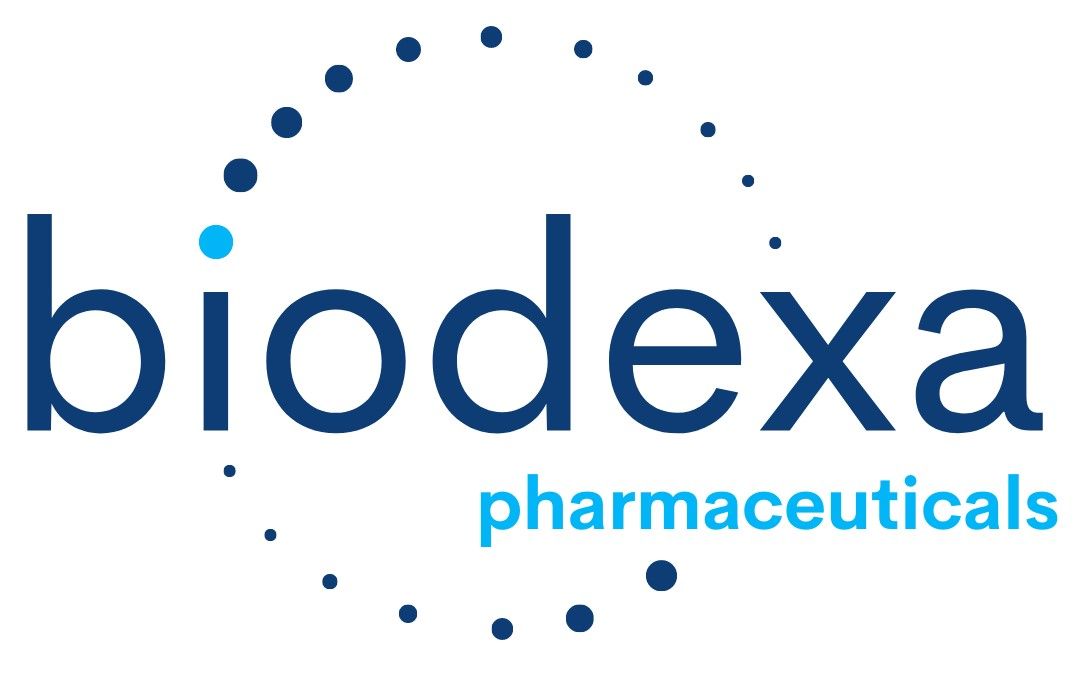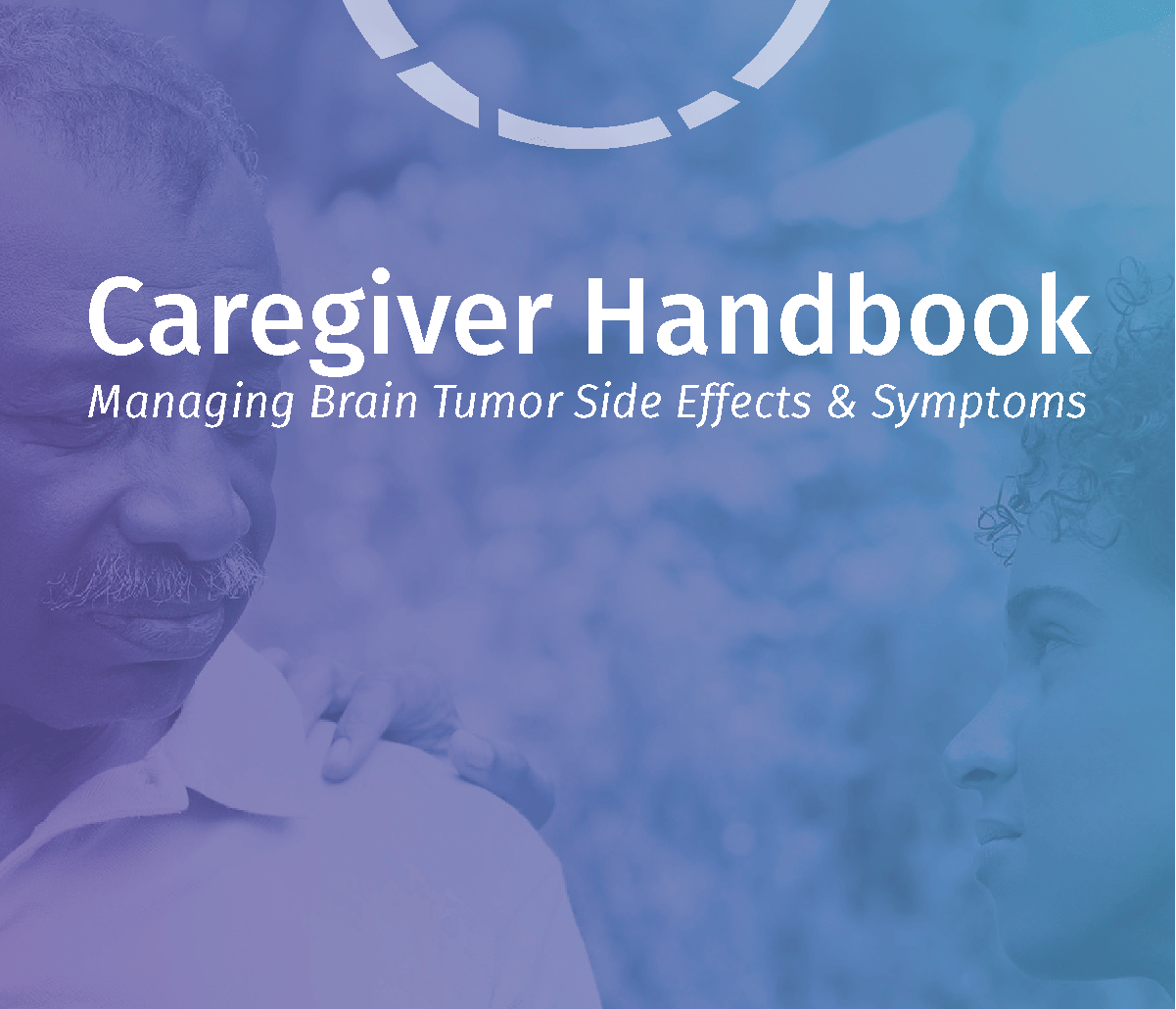Sponsored by Biodexa: This content is not an endorsement from the ABTA.
Biodexa is a UK pharmaceutical company developing a pipeline of products, some of which are aimed at rare and orphan diseases. One main program focuses on primary and metastatic cancers of the brain and central nervous system (CNS).
Glioblastoma (GBM) is the most common and devastating primary malignant brain tumor in adults, encompassing 14.3% of all primary brain and CNS tumors. With an incidence of around 3.2 per a population of 100,000 population in the United States, approximately 12,300 people in the U.S. will be diagnosed with GBM each year. The standard of care for treating GBM is typically surgery followed by radiotherapy plus temozolomide maintenance therapy with or without the Optune® device. Despite the multidisciplinary approach, progression is very likely and currently there is no standard of care established for recurrent GBM.
One of the biggest challenges in treating brain tumors such as GBM is achieving high drug concentrations in the brain. Convection Enhanced Delivery (CED) is a “direct-to-brain” drug delivery method whereby a drug is slowly administered directly into the tumor via a pump and catheter (plastic tube) system. By receiving drug this way, higher concentrations can be delivered directly into the tumor while limiting the drug elsewhere in the body.
Panobinostat and MTX110
Panobinostat is a drug that has previously been approved in capsule form for the treatment of a blood cancer called multiple myeloma. Scientists have shown that it may also be effective in treating certain brain cancer cells, however due to poor penetration and inadequate local brain drug concentration being achieved from the capsules, it has not previously been possible to treat brain cancers with Panobinostat. To overcome this issue, Biodexa has produced a liquid form of Panobinostat named MTX110.
MTX110 is delivered in high concentrations, directly into the tumor via the use of a CED system consisting of a programmable, refillable, implanted pump and a catheter placed in the middle of the tumor. High concentrations of the drug are possible because of direct tumor delivery, avoiding exposure to the rest of the body, and therefore reducing possible side effects.
MAGIC-G1 Clinical Trial
MAGIC-G1 (NCT 05324501) is Biodexa’s ongoing Phase 1 study in patients with recurrent GBM. It is designed to assess the safety and effectiveness of repeated infusions of MTX110 administered by CED.
The study has two groups (A and B). While patients in both groups receive MTX110 in the same way, patients in group B will, where eligible and safe to do so, be offered a repositioning of their CED catheter upon disease progression in order to target a different area of the tumor.
Recruitment into group A has completed and, following independent review of the safety data, group B of the study is now open to patients. The study is currently active at two sites in the U.S. with plans for expansion into other sites.
If you believe this clinical trial might be a good fit for you or a loved one, talk to your doctor and learn more online here: reSOLVE Trials | Trials Hub

Jessie Schlacks
Jessie is Managing Editor of the bi-monthly e-newsletter MindMatters. Submit story ideas or questions to jschlacks@abta.org.





















